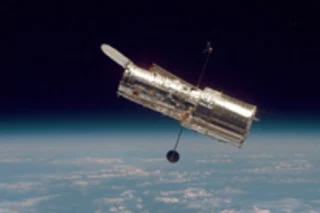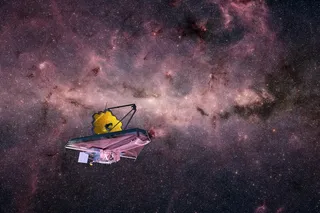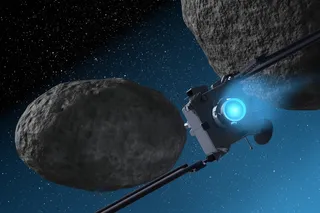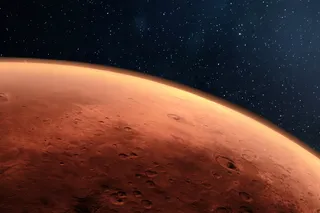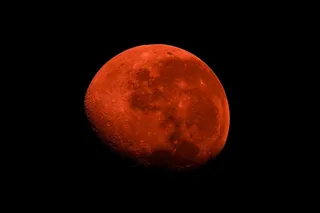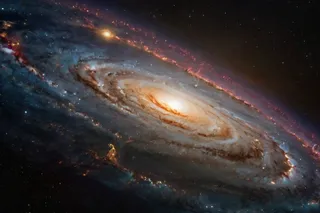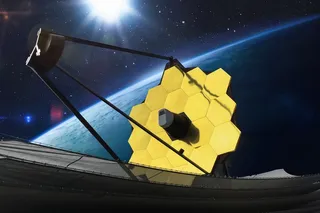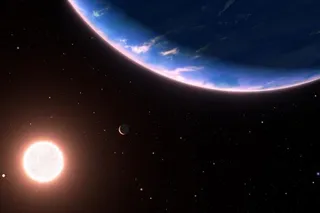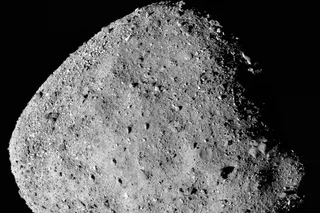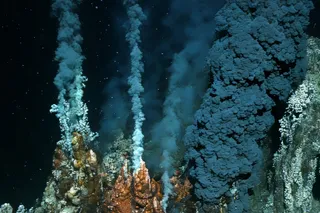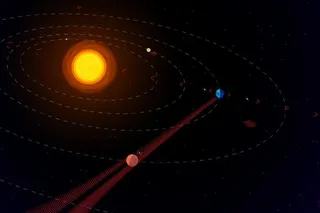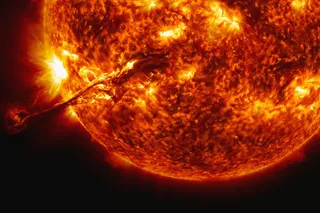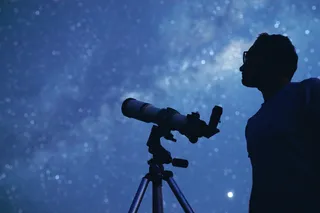At 2:01 this afternoon in Florida, the space shuttle Atlantis is expected to roar off its launch pad and set off toward the orbiting Hubble Space Telescope, for the fifth and final repair mission in the telescope's history.
The countdown timeline is on target, and "Atlantis is ready to fly," said Charlie Blackwell-Thompson, NASA's test director.... The 11-day mission will include five spacewalks to refurbish Hubble with state-of-the-art science instruments. After the upgrades, the telescope's capabilities will be expanded, and its lifetime extended through at least 2014 [CNN]
. The current mission carries a higher degree of danger than the space shuttle's habitual jaunts to the International Space Station.
Hubble orbits about 350 miles above Earth, in an area with a higher density of debris. Earlier this year two satellites collided over Siberia, which has increased the risk even more, as junk from that collision drifts lower [ABC News].
While ...


